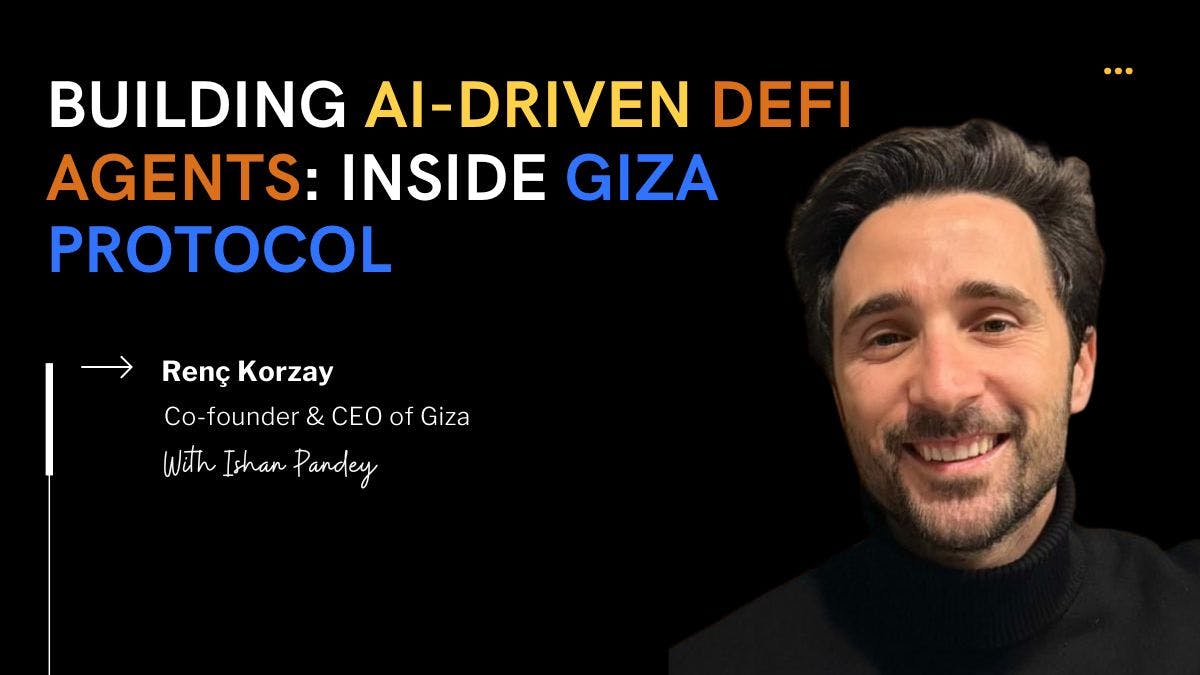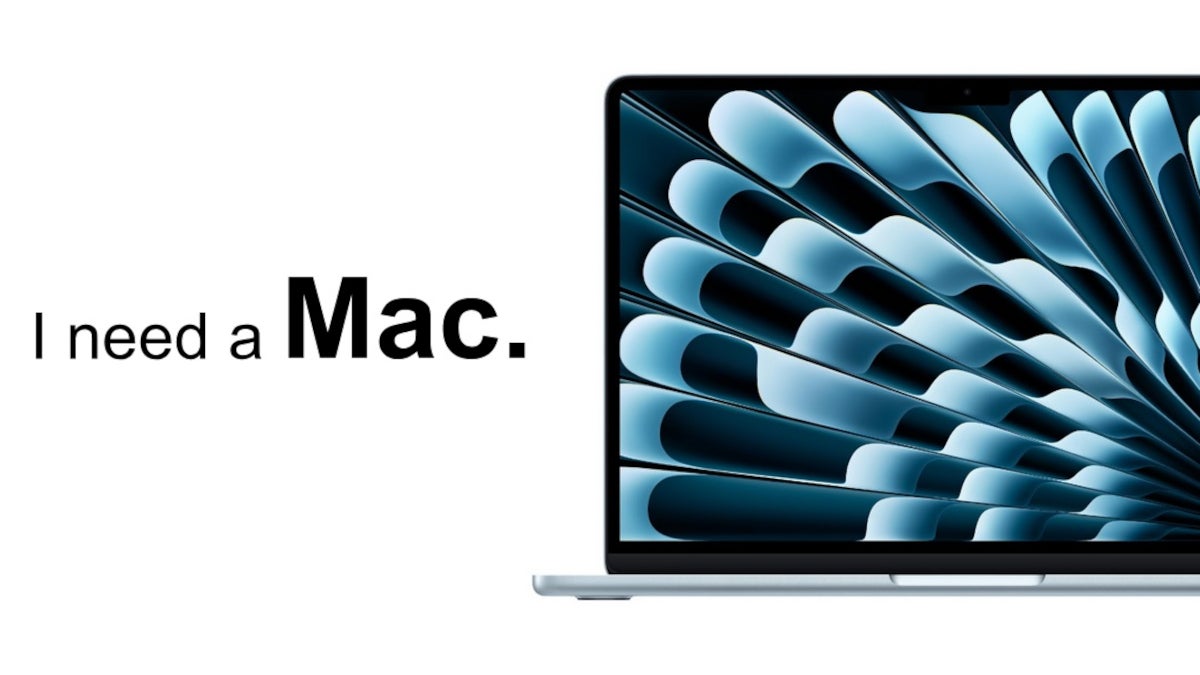Ishan Pandey: Hi Renç, welcome to our “Behind the Startup” series. Giza is redefining DeFi by building a permissionless intelligence layer that empowers autonomous agents. Can you share the inspiration behind founding Giza and the challenges you set out to solve in the DeFi space?
Renç Korzay: The inspiration behind Giza stems from a fundamental recognition that financial markets, particularly in DeFi, have evolved beyond human cognitive capabilities. While DeFi promised to democratize finance by removing gatekeepers, the paradox is that increasing protocol complexity has created cognitive barriers limiting participation mostly to technical specialists, while simultaneously trapping billions in idle or suboptimally deployed capital.
We founded Giza with a clear mission: to transform how capital operates in decentralized systems. By building the infrastructure for intelligent markets, we address both challenges simultaneously: reducing cognitive barriers for users and unlock the next trillion dollars of productive liquidity through programmable intelligence.
2. Ishan Pandey: Giza’s flagship agent, ARMA, has already demonstrated its ability to continuously monitor market conditions and execute sophisticated yield strategies across multiple protocols. Could you walk us through how ARMA works and what makes it a game-changer compared to traditional DeFi automation tools?
Renç Korzay: ARMA’s focus is stablecoins, arguably the most important financial primitive in DeFi and the foundation for mainstream adoption and it is the best way to invest in them. It delivers personalized, risk-aware stablecoin yield optimization that continuously monitors lending protocols, automatically allocating funds to the highest-yielding opportunities while managing risk parameters specific to each user’s preferences.
ARMA evaluates lending rates, transaction costs, and market dynamics in real-time, executing only when profitable after considering all costs. It delivers true autonomous intelligence through a non-custodial architecture that maintains *complete user sovereignty and security. ARMA provides what manual operations cannot: 24/7 market vigilance with mathematical precision that transforms idle stablecoin holdings into productive, optimized capital.The results speak volumes: over $1.12 million in assets under management across 24,734 unique users, generating more than $6.6 million in transaction volume with consistent growth week-over-week.
3. Ishan Pandey: One of Giza’s core innovations is the semantic abstraction layer that transforms complex protocol interactions into standardized, intuitive operations. How does this breakthrough empower developers and users to engage with DeFi more efficiently and securely?
Renç Korzay: The semantic abstraction layer addresses a fundamental communication gap in DeFi: blockchain systems speak in transactions and bytecode, while AI systems think in concepts and meaning. This disconnect has severely limited the potential of intelligent automation in decentralized finance. Giza’s semantic abstraction layer creates a bidirectional framework that transforms complex protocol interactions into standardized operations that AI agents can naturally reason about and execute. This enables agents to interact with blockchain protocols through intuitive financial concepts while preserving security guarantees.
For developers, this means building sophisticated cross-protocol strategies without managing complex protocol-specific interfaces.For users, it means expressing intent through natural concepts like “optimize yield” rather than understanding technical implementations.This bridges the gap between human intent and blockchain execution.
4. Ishan Pandey: Security is at the heart of Giza’s architecture, particularly with the use of smart account infrastructure and granular permission management. Can you elaborate on the security measures embedded within the Giza Protocol and how they ensure robust protection while preserving user sovereignty?
Renç Korzay: At Giza, security, control, and trust minimization aren’t just ethical guidelines, they’re fundamental engineering requirements built into the core architecture. We designed our system from first principles with the understanding that autonomous finance is only viable when users maintain complete sovereignty over their assets. The smart account architecture fundamentally separates asset custody from transaction authorization, ensuring users retain full control of their funds and allowing for non-custodial safe automation.
The session key management system implements granular permission control, allowing agents to operate with specific, time-bound permissions for approved protocols with strict transaction limits. These keys operate under carefully defined parameters and lack the capability to withdraw or transfer funds.This security-first approach has been validated through over 50,000 autonomous financial transactions executed with zero security incidents, demonstrating that sophisticated automation can coexist with complete user sovereignty.
5. Ishan Pandey: The $GIZA token plays a pivotal role in aligning incentives across operators, governance participants, liquidity providers, and community curators. Could you explain how tokenomics are designed to support a secure and sustainable ecosystem for autonomous agents?
Renç Korzay: The $GIZA token creates strong economic alignment between all ecosystem participants through enabling security and governance of the agentic network. Every agent transaction generates protocol fees distributed across the ecosystem: to operators running infrastructure, governance participants guiding development, liquidity providers maintaining efficient markets, and community curators maintaining quality standards. This creates a self-reinforcing cycle where increased adoption generates greater fee revenue, directly rewarding those securing and advancing the ecosystem while strengthening security as the protocol scales.
6. Ishan Pandey: Autonomous agents like ARMA continuously optimize capital allocation and risk management across protocols. How do you see Giza’s approach transforming the broader DeFi landscape and addressing users’ cognitive challenges?
Renç Korzay: New classes of agents are already in development. Some built by the Giza team, others by independent developers building on top of the protocol. Each is designed not just to operate independently, but to contribute to Giza’s broader vision: transforming static liquidity into intelligent capital, and enabling decentralized systems to self-operate at scale and democratize finance.
Together, these agents will serve the mission Giza was built for: to abstract the cognitive and operational complexity of decentralized finance, and to unlock the next trillion dollars of productive liquidity through programmable intelligence.
Ishan Pandey: Looking ahead, as DeFi continues to evolve and new challenges emerge, what future opportunities do you envision for Giza? How will you continue to push the boundaries of agent-driven financial innovation in a rapidly changing market?
Renç Korzay: This is just the beginning of a system designed to scale exponentially. Looking ahead, we’re expanding into specialized agent classes across the ecosystem: LRT agents optimizing restaking strategies, delta-neutral agents executing market-making across fragmented venues, protocol-specific agents managing treasuries, and institutional agents bridging TradFi and DeFi with enterprise-grade guardrails.
Our vision extends beyond individual agents to fundamentally transform DeFi’s user experience through agent-native wallet integrations that abstract away all cognitive complexity. We’re building toward a future where intelligence embedded at every level of the ecosystem creates more efficient markets, reduces fragmentation, and ultimately unlocks the next trillion dollars of productive liquidity through programmable intelligence, what we call “Xenocognitive Finance.”











